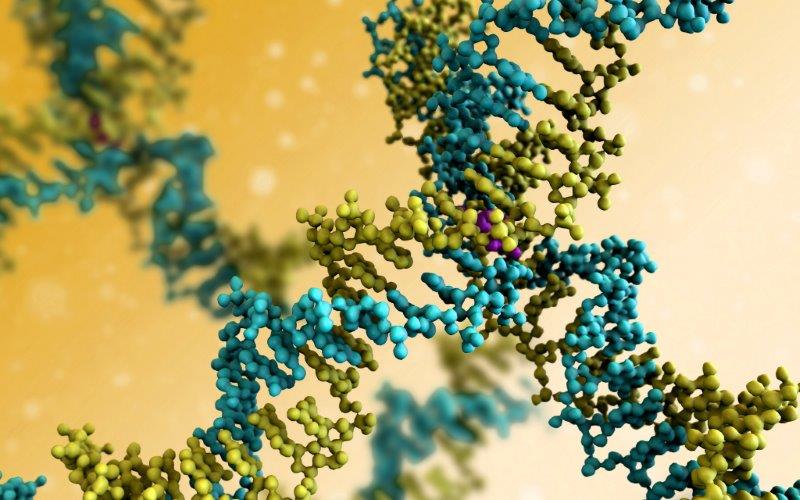Supreme Court of Canada Holds Promise of Utility Doctrine Incongruent with Patent Act
AstraZeneca Canada Inc. et al. v. Apotex Inc. et al., 2017 SCC 36

Reasons for Judgement: Rowe J. (McLachlin, Abella, Moldaver, Karakatsanis, Wagner, Gascon, Côté and Brown concurring)
On appeal from a judgment of the Federal Court of Appeal (2015 FCA 158) affirming a decision of Rennie J. (2014 FC 638)
AstraZeneca applied for the 2,139,653 patent (“the ‘653 patent”) which claimed the optically pure salts of esomeprazole, a proton pump inhibitor used in the reduction of gastric acid, reflux esophagitis and related maladies. Apotex applied to the federal Minister of Health for a Notice of Compliance, allowing it to sell its generic version of the drug. AstraZeneca’s application to prohibit the Minister from issuing a Notice of Compliance to Apotex was dismissed, allowing Apotex to bring its generic drug to the market. AstraZeneca brought an action against Apotex for patent infringement, and Apotex counter‑claimed to have the ‘653 patent impeached. The Federal Court held that the ‘653 patent was invalid for lack of utility because, applying the promise of the patent doctrine (“Promise Doctrine”), it promised more than it could provide. The Federal Court of Appeal upheld this decision. AstraZeneca appealed, arguing its patent was improperly invalidated on the basis of the Promise Doctrine.
The Supreme Court of Canada (SCC) has determined that the Promise Doctrine is not the correct method of determining whether the utility requirement under s. 2 of the Patent Act is met. This doctrine holds that if a patentee’s patent application promises a specific utility, only if that promise is fulfilled can the invention have the requisite utility, but where no specific utility is promised, a mere scintilla of utility will suffice. Generally, an analysis regarding issues of validity will focus on the claims alone and only considers the disclosure where there is ambiguity in the claims. This is in accordance with the Court’s direction that claims construction precedes all considerations of validity. The Promise Doctrine, by contrast, directs courts to make determinations regarding utility by reading both the claims and the disclosure to identify potential promises, even in an absence of ambiguity in the claims. The Promise Doctrine then provides that if any one of the promises is not fulfilled, the utility requirement in s. 2 is not met and the patent, in its entirety, is invalid.
In its decision, the SCC held as follows:
The Promise Doctrine is incongruent with both the words and the scheme of the Patent Act. First, it conflates ss. 2 and 27(3) by requiring that to satisfy the utility requirement in s. 2, any use disclosed in accordance with s. 27(3) must be demonstrated or soundly predicted at the time of filing. If that is not done successfully, the entire patent is invalid, as the pre‑condition for patentability — an invention under s. 2 of the Act — has not been fulfilled. Second, to require all multiple uses be met for the patent’s validity to be upheld, runs counter to the words of the Act and has the potential for unfair consequences. The Promise Doctrine risks, as was the case here, an otherwise useful invention to be deprived of patent protection because not every promised use was sufficiently demonstrated or soundly predicted by the filing date. Such a consequence is antagonistic to the bargain on which patent law is based, wherein we ask inventors to give fulsome disclosure in exchange for a limited monopoly.
The words in s. 2 of the Act ground the type of utility that is pertinent by requiring that it is the subject‑matter of an invention or improvement thereof that must be useful. To determine whether a patent discloses an invention with sufficient utility under s. 2, courts must first identify the subject‑matter of the invention. Second, courts must then ask whether that subject‑matter is useful, that is, whether it is capable of a practical purpose. The Act does not prescribe the degree of usefulness required, or that every potential use be realized. Therefore, a single use related to the nature of the subject‑matter is sufficient, and that utility must be established by either demonstration or sound prediction as of the filing date. Even though utility of the subject‑matter is a requirement of patent validity, a patentee is not required to disclose the utility of the invention to fulfill the requirements of s. 2.
In the present case, the subject‑matter of the ‘653 patent that must be useful for the purposes of s. 2 is the optically pure salts of the enantiomer of omeprazole. It was soundly predicted by the relevant date that the drug for which the ‘653 patent was granted would be useful as a proton pump inhibitor to reduce production of gastric acid. Such use is appropriately related to the subject‑matter of the ‘653 patent and makes it useful within the meaning of s. 2. The ‘653 patent is therefore not invalid for want of utility.

